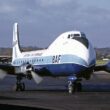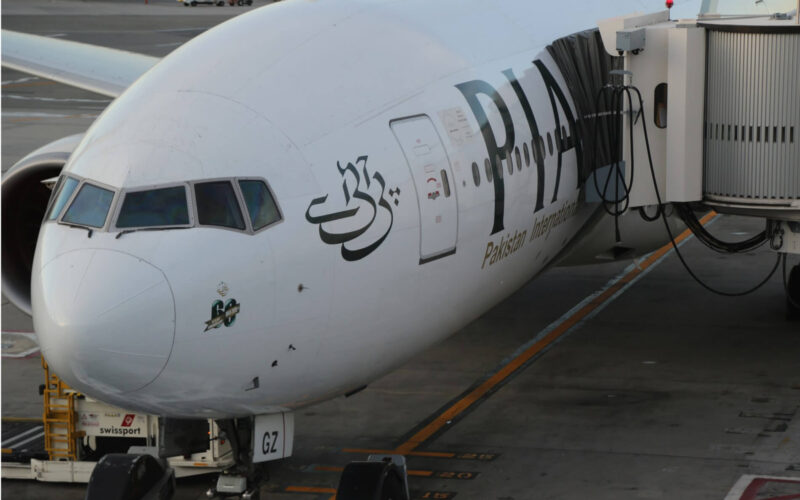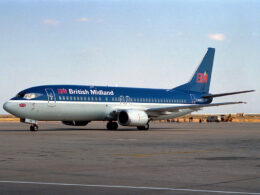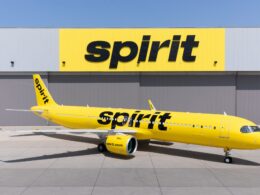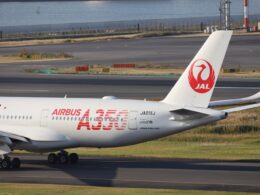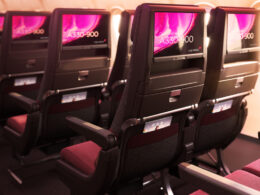While the whole industry has been battling the current crisis, Pakistan International Airlines (PIA) has been looking down at an even deeper one. Ravaged by the pandemic, a commercial aircraft disaster, fall out due to fake pilot licenses, and subsequent bans to operate to Europe and the United States, PIA has quite the road ahead of itself. But the Pakistani government and the company’s board is determined to make the airline to carve its own path and become financially independent.
Pakistan International Airlines stepped into the international spotlight, under no wish of its own, in May 2020. The airline’s Airbus A320 crashed in Karachi, Pakistan, after a failed belly-landing attempt, as pilots did not lower the landing gear upon landing, claiming the lives of 97 people. The crash seemingly opened a Pandora box of corruption, including many pilot licenses that were found to be fake.
The investigation into fake pilot licenses began in February 2019, much earlier than the crash. However, the crash and the investigation got mixed together, the end result was a ban from operating flights to Europe, the United Kingdom and the United States.
Cleaning house
In August 2020, Pakistan International Airlines let go of 60 pilots, 28 of which held fake licenses, according to the carrier. However, the damage was already done at the time. Europe, the United States, and Canada markets accounted for 16% of PIA’s total 2019 revenue, according to its latest yearly financial report. Losing a significant chunk of revenue, for an airline that already has not demonstrated an ability to be financially stable, was a huge hit amidst a pandemic.
After all, PIA’s finances had just improved. In 2019, it finally managed to achieve a positive gross profit, a number that indicates the amount a company makes after deducting costs to provide its services. While other operating expenses sent the flag carrier’s finances into the red once again, at least it was somewhat of a positive note to end the year. However, it still had a lot to trim – its employee headcount at the end of 2016 was 13,947, while the fleet stood at 43 aircraft. To compare, Aer Lingus, the Ireland-based airline had 56 aircraft at the end of 2018, while it employed 2,658 people. A stark difference, to say the least, which resulted in very expensive day-to-day operations at the airline. By the end of 2019, it trimmed its employee headcount further and on average, counted 11,740 workers in the company.
Keen government
The government is also keen to make strides to see PIA operate profitably, according to local media reports. Up to 3,000 positions were deemed redundant by the company in September 2020, including the fact that it would sell off non-core assets in order to significantly reduce costs.
The plan, introduced as a voluntary separation scheme (VSS), will see the airline shed around 3,000 workers and is set to save around Rs4.7 billion ($29 million) of yearly expenses. Furthermore, PIA is considering raising as much as Rs20 billion ($123 million) through a Sukuk in order to weather its current crisis, according to local media reports.
It also could sell-off its non-core assets, including The Roosevelt Hotel in New York, United States. While the Federal Aviation Minister of Pakistan Ghulam Sarwar Khan denied such a possibility, the Asia Times cited a source within the aviation ministry claiming that the hotel was being sold off. PIA is the sole shareholder of RHC Operating, the operating company of The Roosevelt Hotel.
“In connection with the valuation, HVS concluded a value of the land to be $1,000 per square foot of developed area, or $637 million,” read the airline’s 2019 financial report. Through the Minhal France B.V holding company, Pakistan International Airlines additionally owns Scribe Hotel, based in Paris, France. The value of that property was estimated at $304 million. Under the costs of services, the carrier’s hotel depreciation costs are outlined as Rs16.2 billion ($99.9 million). However, The Roosevelt Hotel alone has managed to rack up losses of Rs66.6 billion ($410.8 million) as of December 31, 2018.
Running out of time?
But the airline, which is still not permitted to operate flights to the United States and Europe, might be running out of time. The ban of PIA was immediately exploited by two strong brands from the United Kingdom, namely British Airways and Virgin Atlantic. British Airways had started flying on its new route to Lahore International Airport (LHE) on October 12, 2020, while Virgin Atlantic will begin its flights from London Heathrow Airport (LHR) to Lahore and Islamabad in December 2020. In addition, Virgin Atlantic will also introduce Manchester Airport (MAN) – Islamabad International Airport (ISB) in the same month.
“For those customers flying to or from Lahore, our flights have also been conveniently timed to allow seamless connections with flights serving the United States and Canada,” stated Neil Chernoff, British Airways Director of Network and Alliances.
“Using the strength of our trans-Atlantic services we’re able to offer customers the shortest journey to and from destinations in the US such as New York, Los Angeles and Washington by connecting through London Heathrow,” in a separate statement added Chief Commercial Officer of Virgin Atlantic Juha Jarvinen, seemingly complementing Chernoff’s statement.
The two British carriers have pounced on the opportunity to not only chip away at PIA’s market in Europe but also the United States and Canada. The crash in May 2020 took a toll on the Pakistani airline’s reputation and market share. The question is how confident international travelers are to board a Pakistan International Airlines flight, especially when it has to compete against British Airways or Virgin Atlantic.
Sure, the airline has been operating flights from ISB to MAN, but it has been wet-leasing Hi Fly’s Airbus A330, the same it plans to do for its ISB-LHR flights, according to preliminary schedules. The United Kingdom’s Civil Aviation Authority (CAA) permitted the airline to charter aircraft from the ACMI operator, amending its foreign carrier permit.
“EASA’s prohibition on PIA operating flights into the European Common Aviation Area with its own aircraft is unaffected by this amendment,” read the CAA’s statement from August 2020.
Yet that does not inspire consumer confidence if the airline is still prohibited from operating flights using its own aircraft with its own crew. After all, including the aforementioned 16% of revenue from Europe and North America flights, an additional 51% of the carrier’s revenue comes from flights to the Middle East. And once international travel kicks back into gear, it will be crucial to recapture passengers and their confidence there. Especially when on the multiple Middle East markets, it has to compete with such powerhouse brands as Emirates, Etihad or Qatar Airways, while low-cost carriers like Air Arabia or flydubai are also present.

